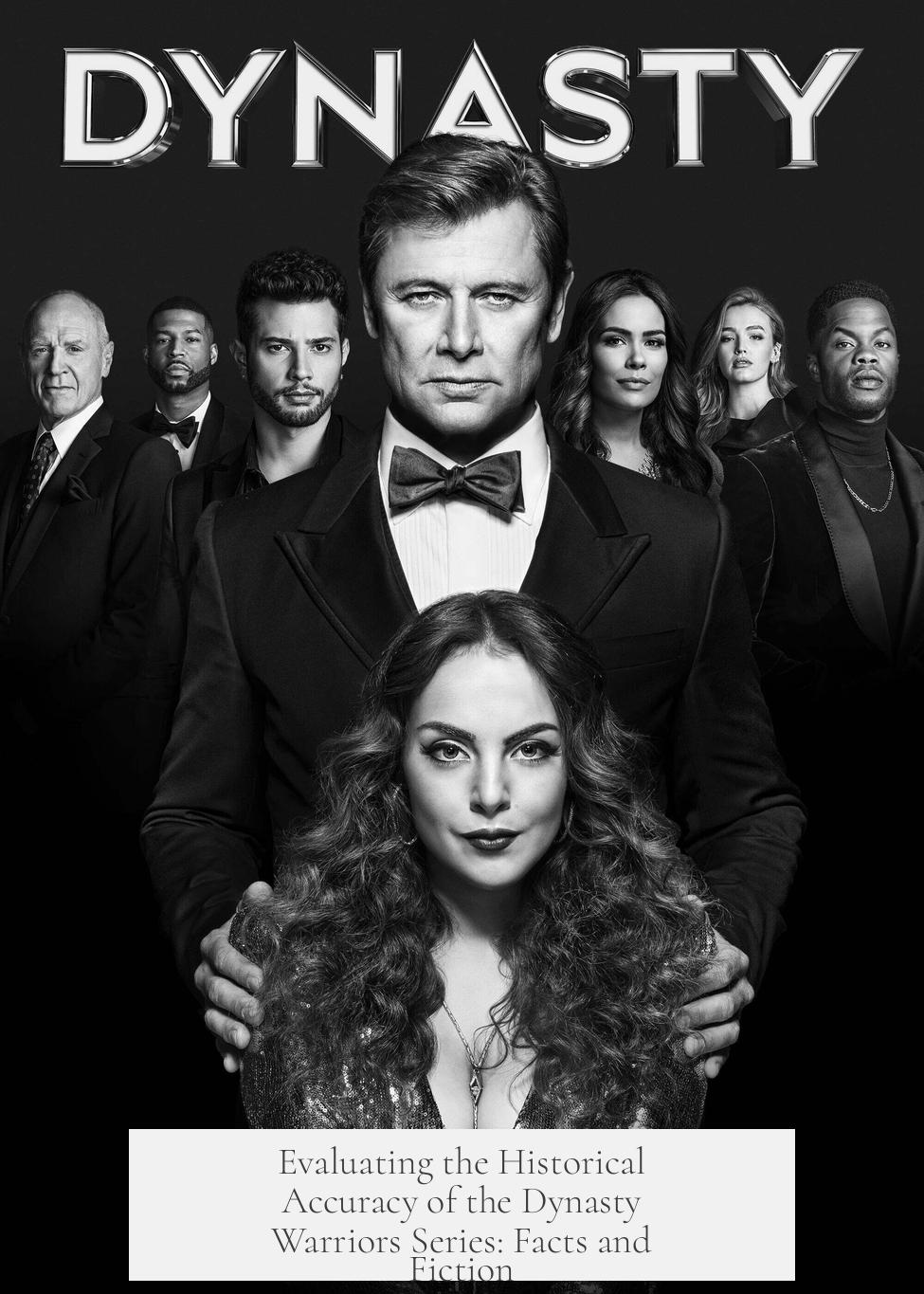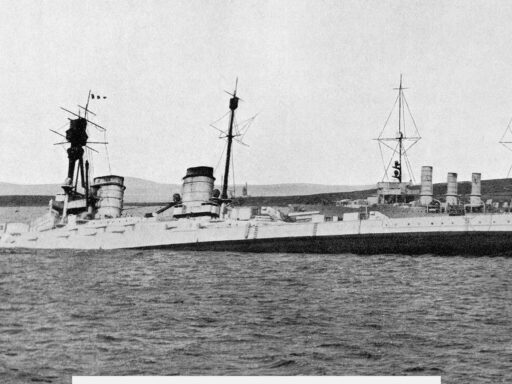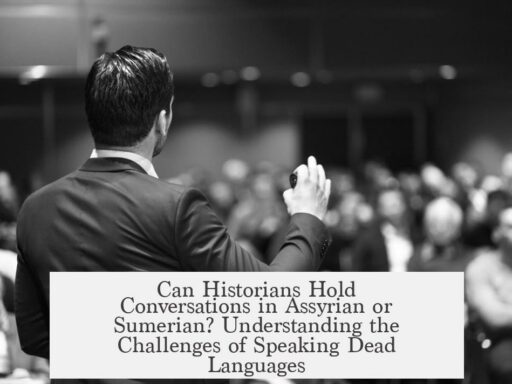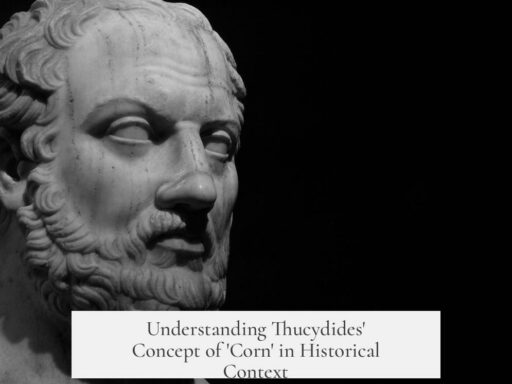The Dynasty Warriors series is largely historically inaccurate because it is based on the historical fiction novel *Romance of the Three Kingdoms* (ROTK), which blends fact and fiction in a way that simplifies and alters actual events and characters. The game inherits these inaccuracies, portraying a dramatized and mythologized version of late Han dynasty history rather than a factual retelling.
ROTK, written by Luo Guanzhong about a thousand years after the events, merges history with legend. A common saying in Chinese sums this up: the novel is “three parts fiction, seven parts fact.” This does not mean 70% accuracy but rather that it provides a general framework for the period 184 to 280 CE while changing or inventing many details.
The historical record behind ROTK is filtered through the lens of Ming dynasty Confucian values. This ideological stance influences how characters are depicted. For example, Liu Bei is portrayed as a noble hero due to his declared aim to restore the Han dynasty, aligning with Confucian principles. However, historically, Liu Bei was primarily a regional warlord with distant royal connections.
Conversely, Cao Cao is cast as the villain for overthrowing the Han dynasty and following Legalist policies. Historically, Cao Cao was a practical leader who arguably had the best chance to unify China and end the widespread wars. The rivalry and character emphasis in the novel tilt towards promoting certain moral interpretations rather than strict facts.
- Some characters like Diao Chan are fictional and do not appear in historical texts.
- The novel omits or underrepresents many historical figures.
- Attributions of military brilliance are skewed, such as glorifying Zhuge Liang’s intellect while downplaying Zhou Yu’s real accomplishments.
- The relationship dynamics among strategists like Zhuge Liang and Pang Tong are exaggerated or distorted.
The depiction of warfare in the series includes many inaccuracies. Soldiers in the actual Han period did not use the weapons shown, such as the Guan Dao—a weapon linked historically to Guan Yu but originating much later. Armor styles portrayed are more characteristic of later dynasties like the Song.
The scale of battles is also exaggerated, and some famous events are fictional. The Battle of Si Shui Gate, for example, never actually occurred. Mythologized events like Guan Yu slaying Hua Xiong contradict historical records; Guan Yu was reportedly defeated and executed in battle by Sun Jian’s forces.
Nevertheless, some broad strokes of historical truth are present. Key events like the Yellow Turban Rebellion, the coalition against Dong Zhuo, and Lu Bu’s rebellious exploits reflect actual occurrences. Liu Bei’s famous visit to recruit Zhuge Liang three times is one of the few accepted historical anecdotes preserved accurately in the story.
The rise of warlords after the Yellow Turban Rebellion is another historically accurate backdrop. The emperor’s attempt to delegate military authority to regional governors inadvertently empowered them, fueling the era of warlordism that Dynasty Warriors dramatizes.
| Aspect | Historical Accuracy | Details |
|---|---|---|
| Source Material | Mixed Fiction & Fact | ROTK blends history with prolonged fictionalization; 30% fact, 70% fiction |
| Character Portrayal | Biased & Simplified | Liu Bei as hero, Cao Cao as villain; invented or omitted characters |
| Military Equipment | Mostly Inaccurate | Weapons and armor often anachronistic (e.g. Guan Dao) |
| Historical Events | Exaggerated or Fictionalized | Major battles and feats dramatized or fabricated |
| Historical Trends | Generally Accurate | Warlordism rise and major rebellions roughly portrayed |
Overall, Dynasty Warriors inherits the romanticized and biased narrative of ROTK. The series provides an engaging, stylized experience rooted in China’s Three Kingdoms period but should not be considered an accurate historical source. It is better understood as entertainment based on a cultural epic filled with legend and political ideology than a factual history.
- Dynasty Warriors is based on a blend of fact and fiction from *Romance of the Three Kingdoms*.
- Historical figures and events are dramatized, with many fabrications and omissions.
- Weapons, armor, and battle details are often anachronistic or exaggerated.
- Some historical contexts, like the rise of warlords, are broadly correct.
- The series offers a cultural mythologized view rather than strict historical accuracy.
How Historically Accurate is the Dynasty Warriors Series?
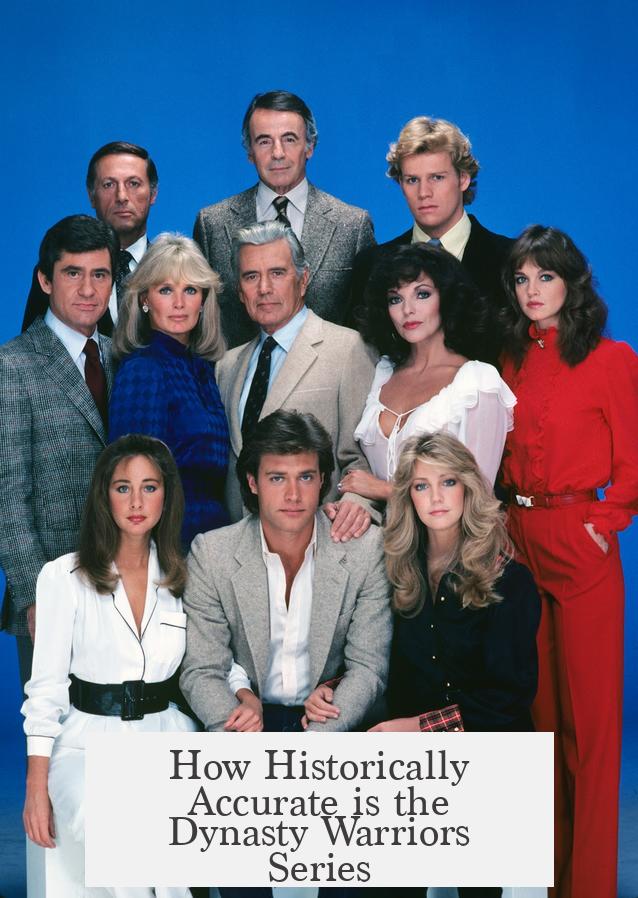
If you’re wondering how historically accurate the Dynasty Warriors series is, the short answer is: not very. That might sound disappointing if you cherish historical accuracy, but it makes for a better game. Let’s dive deeper into why that is and what the series really represents.
First off, Dynasty Warriors is based on Romance of the Three Kingdoms (ROTK), a Chinese literary epic written by Luo Guanzhong during the Ming Dynasty, about 1,000 years after the actual events took place. This means the series is picking up a story that’s been filtered, dramatized, and twisted through centuries of storytelling before becoming the fast-paced hack-and-slash game millions enjoy today.
The Origins: Fiction Masquerading as History
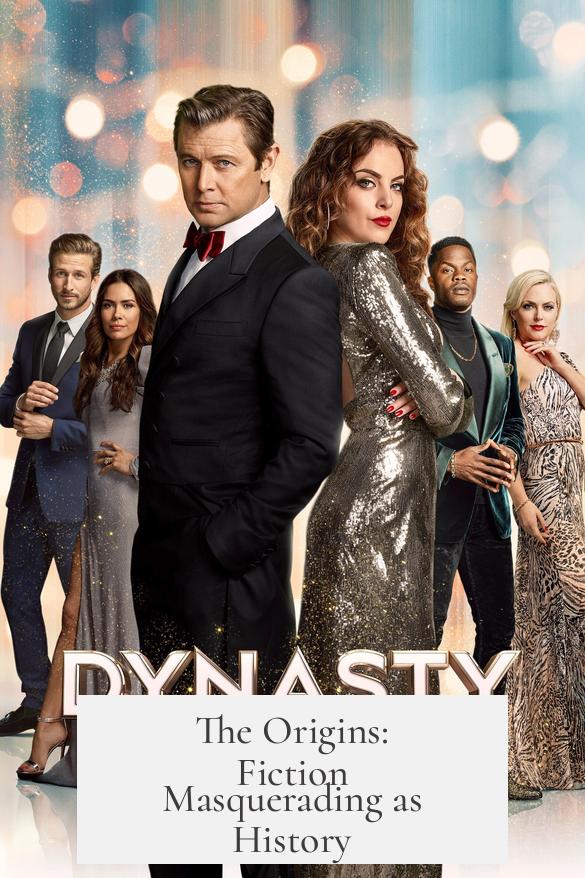
The ROTK novel is often described by Chinese scholars with the saying that it’s “three parts fiction, seven parts fact.” But don’t jump to the conclusion that the novel is 70% historical fact. Instead, this phrase means that the novel captures large historical patterns but not many accurate details. Most events are simplified, altered, or entirely invented.
In fact, historians believe ROTK is about 30% fact and 70% fiction. Luo Guanzhong had a pro-Confucian agenda, which influenced how he portrayed figures and events. For example, Liu Bei, the hero of the story, is painted as a noble savior intent on restoring the Han Dynasty. In reality, he was a regional warlord with a tenuous claim to royal blood.
Similarly, Cao Cao, often the villain in ROTK, actually had the best chances at unifying China and restoring peace. Yet, the story demonizes him because he was a Legalist and “overthrew” the Han dynasty. This bias illustrates how the story isn’t objective but shaped by the author’s cultural lens.
Characters: History vs. Myth
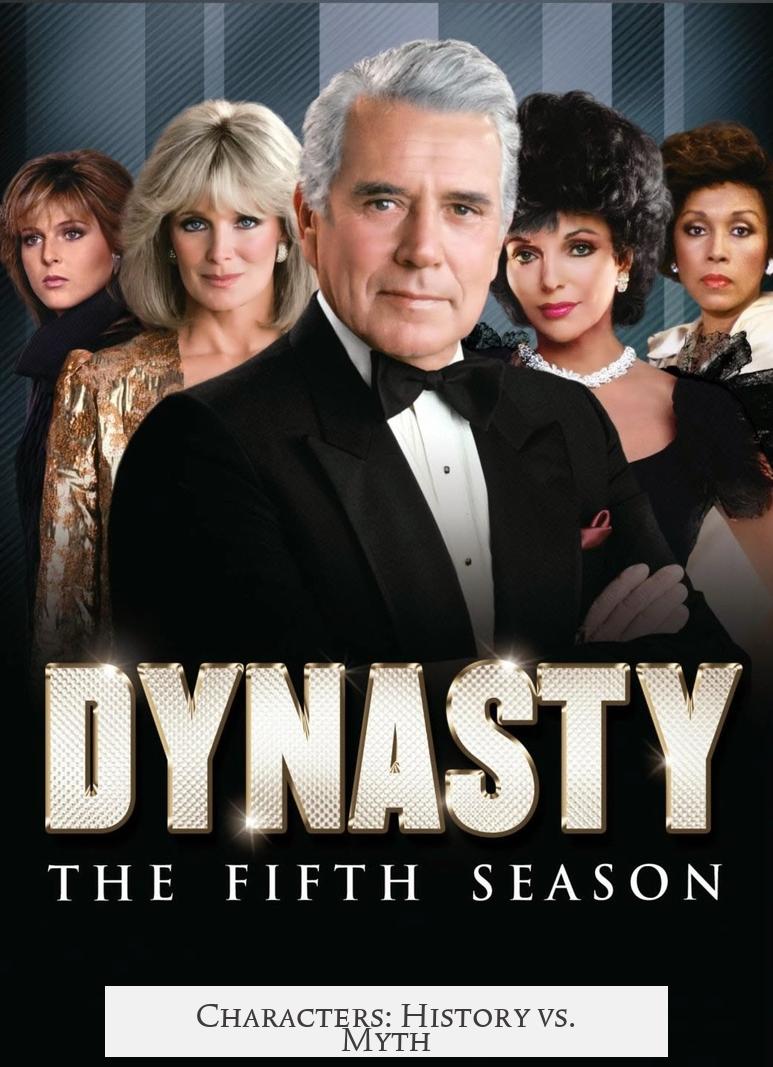
The game inherits much of this skewed portrayal. Some characters in Dynasty Warriors, like Diao Chan, don’t even exist in historical records. Meanwhile, key figures who mattered may be left out or downplayed. Guan Yu, for instance, is a cultural icon but his romanticized image, complete with his iconic Guan Dao weapon, is misleading. That weapon didn’t appear until nearly 1,000 years after his time!
Even more interesting is the rivalry between Zhuge Liang and Zhou Yu. The novel credits many strategic victories to Zhuge Liang, making him a strategic genius. Yet historical sources suggest Zhou Yu was just as capable, if not more so, and that many accomplishments attributed to Zhuge Liang are exaggerated or misplaced.
Warfare and Weaponry: Big Exaggerations, Little Accuracy
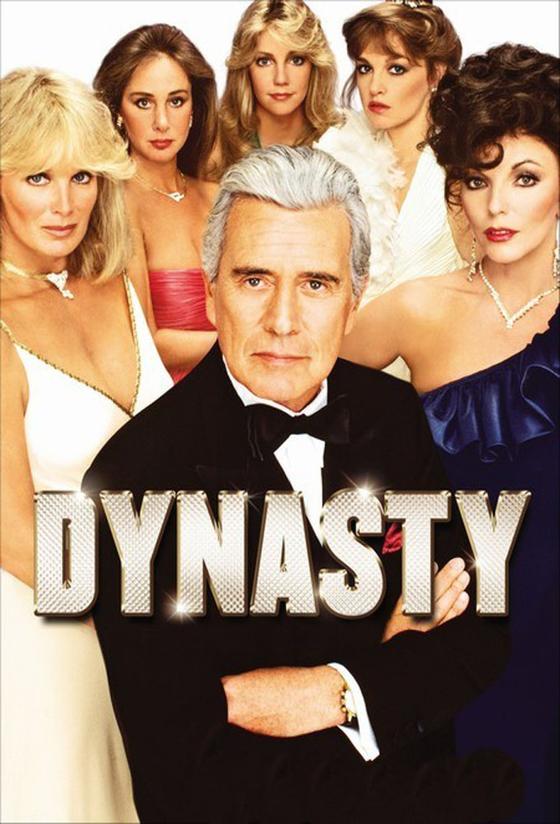
Look at the battles featured in Dynasty Warriors. They often depict tens of thousands of soldiers clashing in massive combat. While large armies did exist, the game overstretches. For example, Zhuge Liang’s Northern Expeditions supposedly killed tens of thousands of Wei soldiers each time, but historians doubt these numbers.
The famous Battle of Red Cliffs is a classic example. ROTK and Dynasty Warriors show a massive Cao Cao fleet, chained together in a giant trap, led to destruction by clever strategies. Historical accounts, however, suggest Cao Cao commanded maybe 100,000 men, not the staggering 220,000 estimated by Zhou Yu. Also, ideas like chaining ships together are attributed to Zhuge Liang in the novel, but historians credit Zhou Yu.
Even events like the battle of Si Shui Gate and Hu Lao Gate don’t match historical evidence. The supposed gates do not appear in records, and some battles are entirely fictional.
When Facts Show Up in the Story
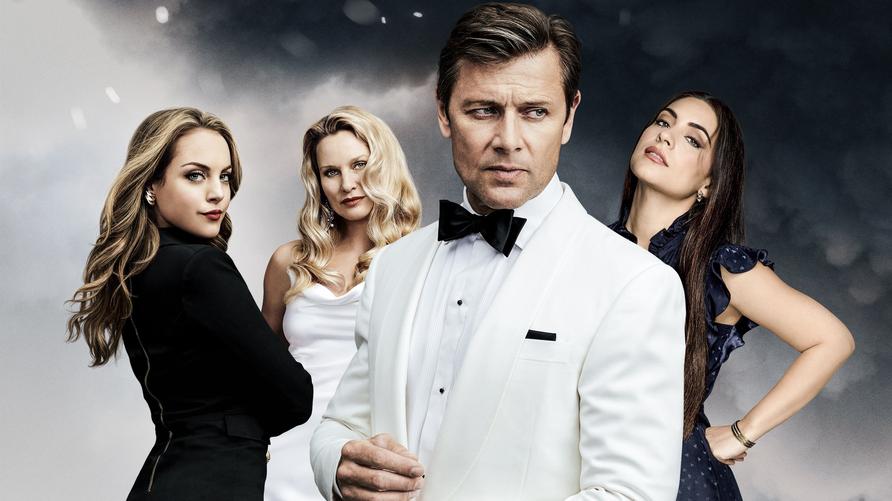
But the series isn’t completely divorced from history. Some stories are grounded in facts. The famous tale of Liu Bei visiting Zhuge Liang three times to recruit him is one such example. This shows there are kernels of truth amidst the dramatization.
Some broad strokes also hold up. The rise of warlords during the Late Han Dynasty, sparked by the Yellow Turban Rebellion of 184 AD, is a historical nothing-to-sneeze-at backdrop for the chaos in Dynasty Warriors. The weakening of central authority and empowerment of regional governors is well attested, and the idea that local leaders raised armies with loose oversight is accurate.
What Does This All Mean for Dynasty Warriors Fans?
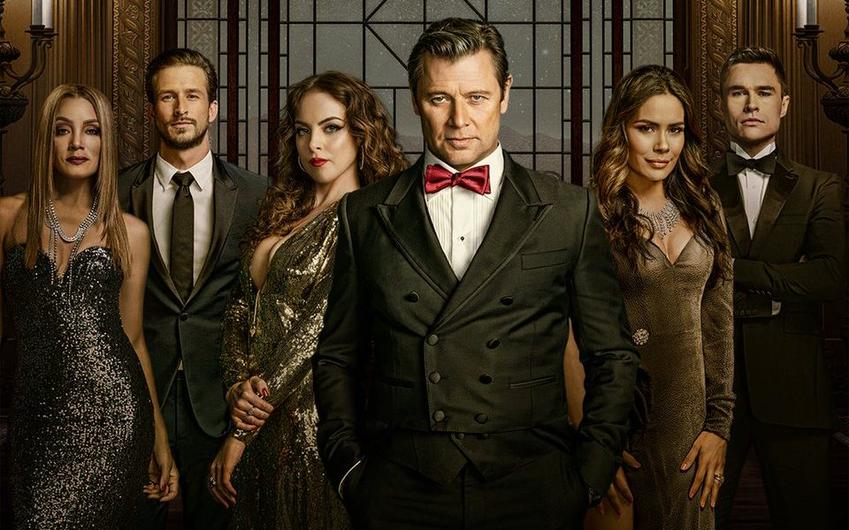
If you play Dynasty Warriors expecting a history lesson, you will be disappointed. Instead, think of it as an action-packed retelling with flavors of myth, folklore, and political commentary from Ming China.
The game’s design prioritizes style, drama, and gameplay over historical accuracy. Characters have exaggerated abilities, impossible weapon choices, and are placed in battles that mix fact with fiction.
The upside? This makes for a fun and accessible introduction to the Three Kingdoms period. It sparks interest in history while keeping players engaged with cool combos and iconic heroes.
For history buffs curious about the real story, it’s worth reading scholarly sources or more accurate historical fiction. You’ll find different versions of characters and events that shine a light on the complex and often brutal era.
Practical Takeaways
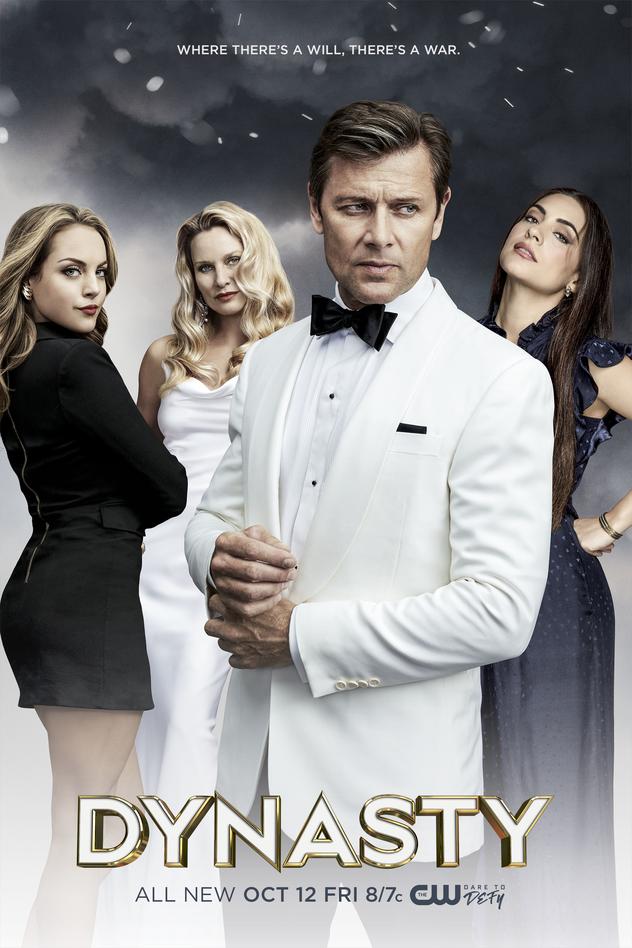
- Enjoy the game, but keep the history separate. Use Dynasty Warriors as entertainment, not a primary source for learning about the Three Kingdoms.
- Explore the original ROTK novel or other historical texts. They provide richer context, even if they too blend fact and fiction.
- Recognize cultural biases. Understanding Luo Guanzhong’s pro-Confucian perspective helps interpret why characters appear as heroes or villains.
- Research actual weaponry and battle tactics. Seeing the differences between the game’s fantasy and reality can deepen your appreciation for history.
- Ask questions. For instance, why is Guan Yu so mythologized? Who really won at Red Cliffs? Such curiosity turns passive gaming into active learning.
Conclusion: Clearing the Historical Mist
So, Dynasty Warriors is like a flashy movie inspired by a novel inspired by history. It tells the story of one of China’s most chaotic eras through grand tales and exaggerated heroes.
The historical accuracy is spotty at best. Many battles, characters, and events are fictional or distorted. Yet, it captures the essence of political turmoil, power struggles, and the end of the Han Dynasty.
In the end, if you want historical precision, look elsewhere. But if you want epic battles, legendary heroes, and a dive into a mixed blend of history and myth, Dynasty Warriors delivers big time.
As the saying goes, “History may be written by the victors, but stories are told by the survivors… with a little help from creative license.”
Is the Dynasty Warriors series historically accurate?
No, it is mostly based on the historical novel Romance of the Three Kingdoms, which mixes fact and fiction. The game inherits many of these inaccuracies and exaggerations.
How much of the Romance of the Three Kingdoms is factual?
The novel is about 30% fact and 70% fiction. It simplifies and changes many events and characters to fit Ming Dynasty values.
Are the characters in Dynasty Warriors true to history?
Many characters are altered or fictional. Liu Bei is portrayed as an ideal hero, but he was a regional warlord. Some key personalities and relationships are distorted for storytelling.
Does Dynasty Warriors depict historical battles accurately?
Most battles are exaggerated or fictionalized. For example, some famous fights and weapons didn’t exist during that time or occurred differently than shown.
Are there any accurate historical moments in the series?
Yes, some events like Liu Bei’s visits to Zhuge Liang and major conflicts such as the Yellow Turban Rebellion are based on real history, though details are often changed.

